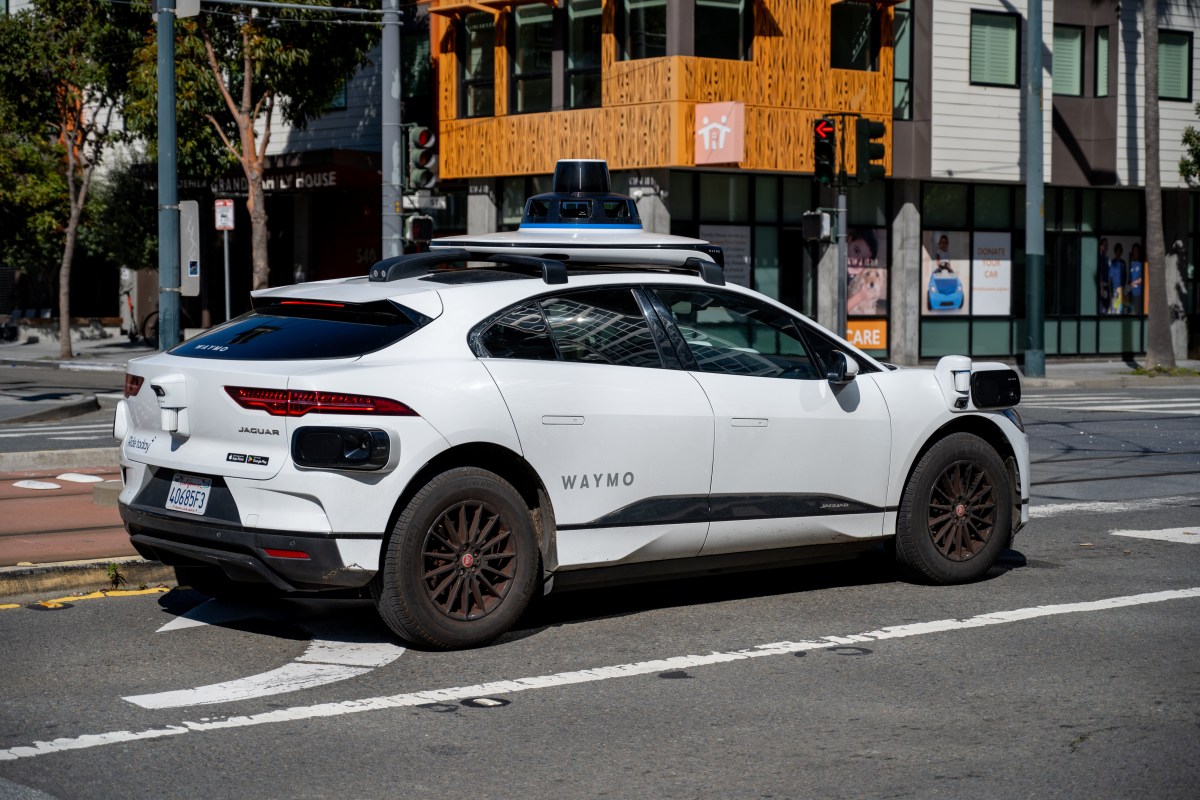Waymo may use interior camera data to train generative AI models, sell ads

Waymo is preparing to use data from its robotaxis, including video from interior cameras tied to rider identities, to train generative AI models, according to an unreleased version of its privacy policy found by researcher Jane Manchun Wong.
The draft language reveals Waymo may also share this data to personalize ads, raising fresh questions about how much of a rider’s behavior inside autonomous vehicles could be repurposed for AI training and marketing.
The privacy page states: “Waymo may share data to improve and analyze its functionality and to tailor products, services, ads, and offers to your interests. You can opt out of sharing your information with third parties, unless it’s necessary to the functioning of the service.”
That language is standard in today’s world; bringing cameras into the mix is what ratchets up the creepiness factor.
Waymo gives riders the option to prevent their personal information, as defined by California’s privacy laws, from being shared or sold. Riders can also: “Opt out of Waymo, or its affiliates, using your personal information (including interior camera data associated with your identity) for training [generative AI].”
It’s not clear what interior data might be used to train generative AI models, or what the intended use cases of such models are. Nor is it obvious what sort of data the interior cameras capture – facial expressions? Body language? – or whether Waymo is using the data to train in-house models or whether it’s sharing that data with other Alphabet companies working on AI like Google or DeepMind.
TechCrunch has reached out to Waymo for more information and will update this post if the company responds.
Waymo is, to date, the only autonomous vehicle company pulling in revenue for robotaxi rides in the United States. As of February, the company is logging more than 200,000 paid robotaxi rides every week via its commercial services in Los Angeles, San Francisco, Phoenix, and Austin. That’s up from 10,000 rides per week just two years ago, and is a harbinger of more growth as Waymo expands into new markets. The company aims to launch a commercial service in Atlanta, Miami, and Washington D.C. over the next two years.
Despite these gains, Waymo is still likely a money loser for Alphabet, which might be why the company appears to be exploring other revenue streams, like in-vehicle advertising and data sharing for generative AI models.
Last year, Alphabet poured another $5 billion into Waymo, and the company raised an additional $5.6 billion from outside investors that boosted its valuation to more than $45 billion.
Waymo is still investing heavily in R&D and incurring the costs of expansion, including growing its fleet, buying specialized equipment, vehicle maintenance, and charging infrastructure.
It’s not clear how far Waymo is from breaking even, much less profitability. Alphabet doesn’t break out Waymo’s financials in its earnings report. Instead, Waymo is included in Alphabet’s “other bets” section of its balance sheet, which in 2024 recorded an operating loss of $1.2 billion.



